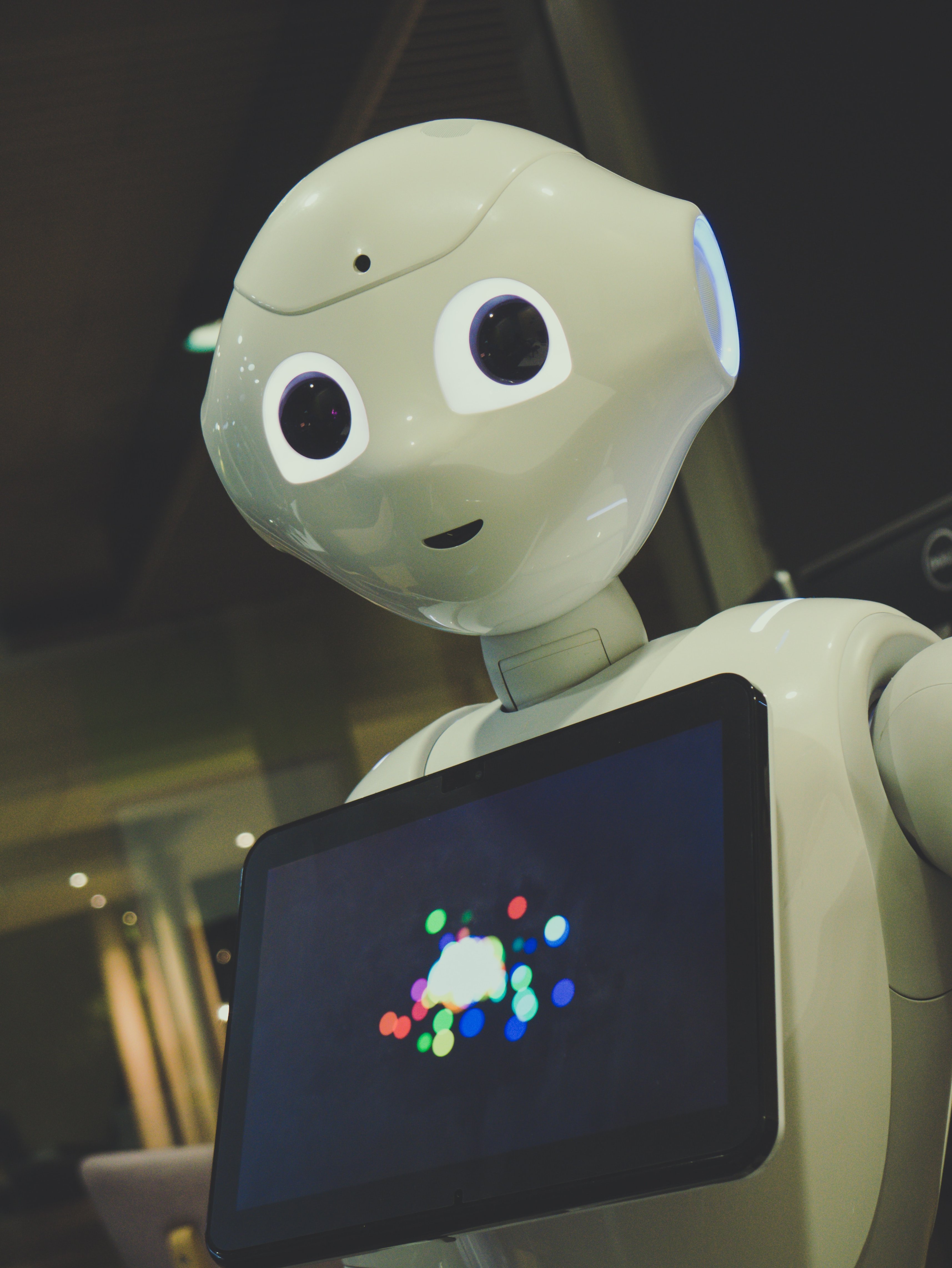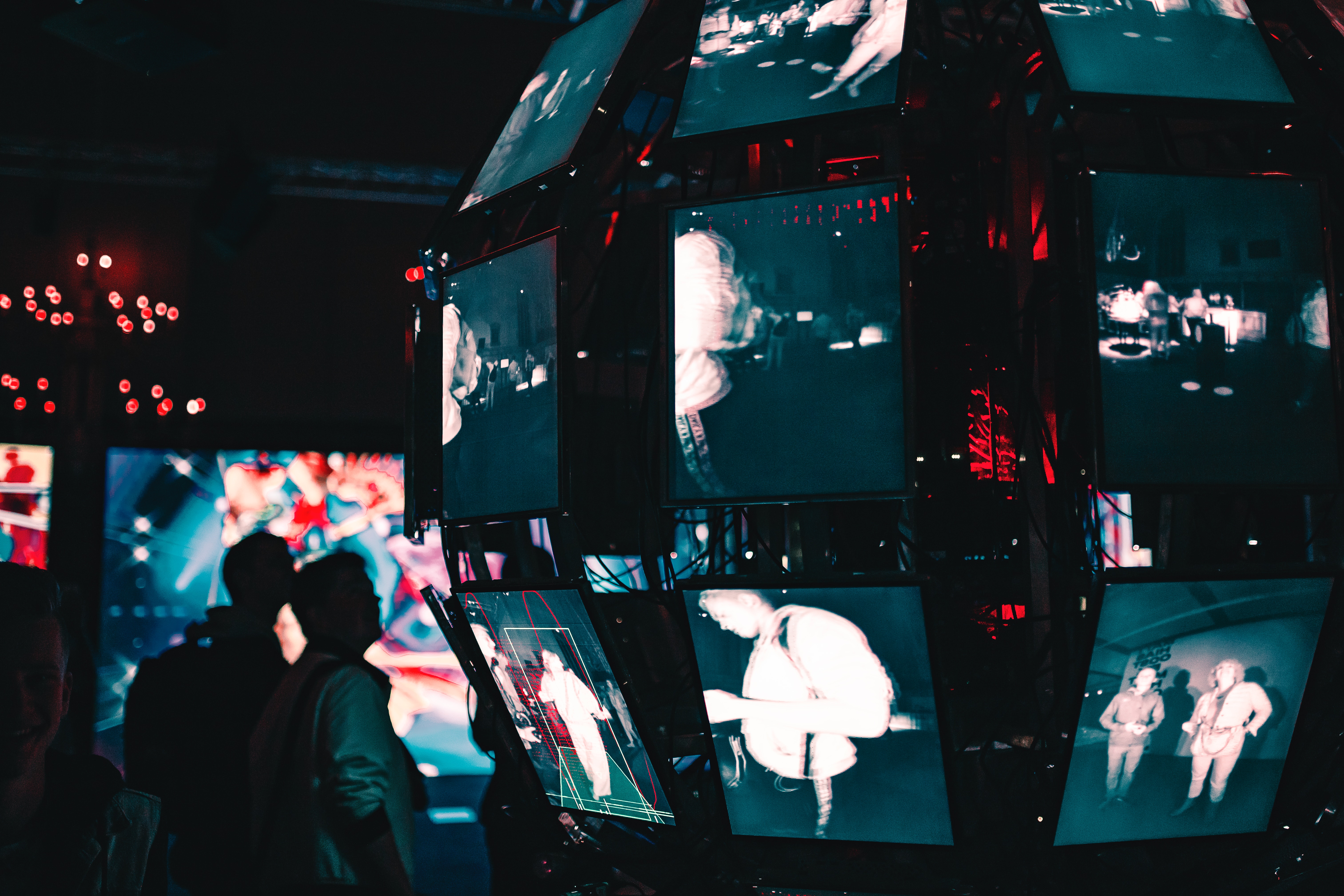Posted by Data Stems ● Apr 4, 2023 11:30:00 AM
Generative AI: How AI is Creating Art and Innovation
Generative AI is a relatively new field in the world of artificial intelligence that is revolutionizing the way we create art and design. It is a type of AI that involves using algorithms to generate new data or creative output, such as images, music, and text. The technology behind generative AI has the potential to transform many industries, from entertainment and advertising to healthcare and education.

What is Generative AI?
Generative AI is a subset of machine learning that focuses on creating new data or content rather than analyzing and interpreting existing data. It uses algorithms to learn patterns and rules from training data, and then generates new data based on those patterns and rules. The key difference between generative AI and other types of AI is that it creates new content, rather than simply making predictions based on existing data.
There are several types of generative AI, including:
-
Generative Adversarial Networks (GANs): GANs consist of two neural networks that work together to create new data. One network generates samples, while the other network tries to distinguish between those samples and real data. Over time, the generator network becomes better at creating realistic data that can fool the discriminator network.
-
Variational Autoencoders (VAEs): VAEs are a type of deep neural network that can learn the underlying structure of data and then generate new data that is similar to the training data. They work by compressing input data into a lower-dimensional representation (called a "latent space"), and then generating new data by sampling from that latent space.
-
Recurrent Neural Networks (RNNs): RNNs are a type of neural network that can learn sequences of data, such as text or music. They use feedback loops to allow information to persist over time, which makes them particularly useful for generating sequential data.
Applications of Generative AI
Generative AI has many applications in various industries. Here are a few examples:
-
Art and Design: Generative AI is already being used to create art and design in fields such as fashion, architecture, and graphic design. For example, designer Ross Goodwin used a generative AI algorithm to write a screenplay, which was then produced into a short film called "Sunspring."
-
Music: Generative AI can also be used to create music. A project called Amper Music uses AI to generate custom music tracks for videos, podcasts, and other content. The user can specify the style, tempo, and mood of the music, and the AI generates a unique track that fits those criteria.
-
Healthcare: Generative AI has the potential to revolutionize healthcare by creating new drugs and treatments. For example, a company called Insilico Medicine is using AI to develop new drugs that could treat diseases such as cancer and Alzheimer's.
-
Education: Generative AI can also be used in education to create personalized learning experiences for students. A project called Project Alexandria is developing an AI platform that can create interactive textbooks and other educational materials tailored to each student's learning style and preferences.
Challenges and Limitations of Generative AI
Despite its many potential applications, generative AI also faces several challenges and limitations. One of the main challenges is the "black box" nature of AI algorithms. It can be difficult to understand how a generative AI algorithm works and why it produces certain outputs. This can make it challenging to ensure that the algorithm is generating content that is ethical, fair, and free from bias.
Another challenge is the need for large amounts of high-quality training data. Generative AI algorithms require a lot of data to learn patterns and rules, and the quality of that data can greatly affect the quality of the generated output. This can be particularly challenging in fields such as healthcare, where the data is often sensitive and difficultto obtain.
There are also limitations to the types of content that generative AI can create. While it is excellent at generating content such as images, music, and text, it struggles with more complex tasks such as generating a full movie or creating a complex website.

Despite these challenges and limitations, the potential applications of generative AI are vast and promising. As the technology continues to develop, it has the potential to transform industries and reshape the way we create and interact with art, music, and other forms of content.
Topics: technology, AI

